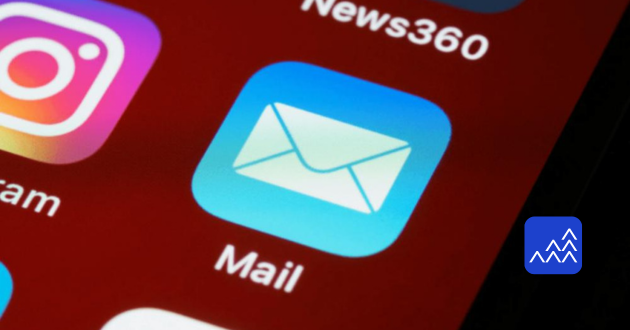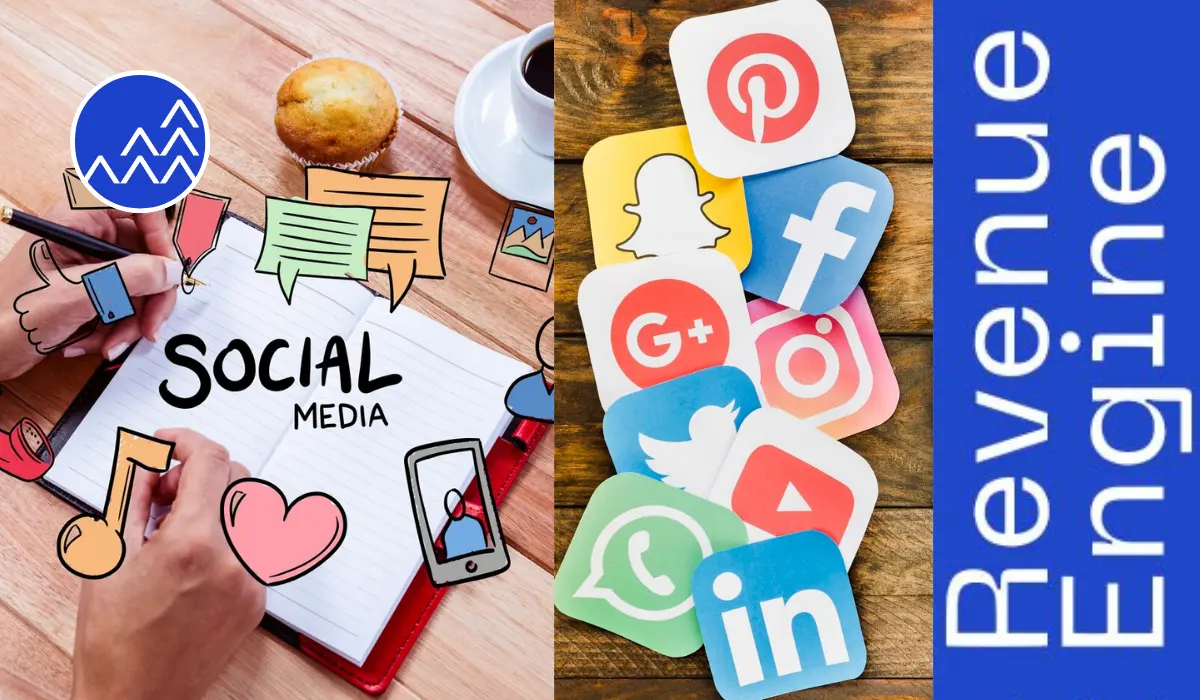Cold emailing is a powerful tool for businesses looking to expand their reach, generate leads, and boost sales. However, sending an email to a prospect who has never heard of you can be daunting. Without the right approach, your emails might end up in the spam folder or be ignored. This guide will explore effective cold email tactics to ensure your outreach efforts lead to meaningful engagement and conversions.
Research Your Audience
Understanding your audience is the first step to a successful cold email campaign. Research your prospects thoroughly to identify their pain points, needs, and preferences. Use tools like LinkedIn, company websites, and industry reports to gather insights about your target audience. This information will help you craft personalized emails that resonate with the recipient.
Craft a Compelling Subject Line
Your subject line is the first thing a recipient sees, and it determines whether they will open your email or not. Make your subject lines short, intriguing, and relevant to the prospect’s needs. A/B testing different subject lines can help you identify what works best for your audience. Avoid spammy language, such as “Buy now” or “Free,” as these can trigger spam filters.
Personalize Your Email Content
Personalization goes beyond just using the recipient’s name. Reference specific details about their company, recent achievements, or challenges they might be facing. Tailoring your message to the individual shows that you’ve done your homework and increases the likelihood of a positive response. For example, instead of a generic pitch, you could say, “I noticed that your company recently expanded into the European market. Here’s how our solution can help you streamline your operations in this region.”
Offer Value Upfront
Cold emails should focus on the value you can provide to the recipient rather than what you want from them. Clearly articulate how your product or service can solve a problem they’re facing or improve their business. Offering a free resource, such as an eBook, case study, or webinar, can also add value and entice the prospect to engage with your email.
Keep It Concise
Busy professionals don’t have time to read long emails. Get to the point quickly and make your email easy to skim. Use short paragraphs, bullet points, and clear headings to break up the text. Aim to keep your email under 200 words, focusing on the most critical information that will drive the recipient to take action.
Include a Strong Call-to-Action (CTA)
A clear and compelling CTA is essential in guiding the recipient toward the desired action. Whether it’s scheduling a call, downloading a resource, or visiting your website, make sure your CTA is direct and easy to follow. Avoid vague phrases like “Let me know if you’re interested” and opt for more specific actions, such as “Schedule a 15-minute demo” or “Download our free guide here.”
Follow Up Strategically
Persistence is key in cold emailing, but there’s a fine line between being persistent and being annoying. If you don’t receive a response after your initial email, plan a series of follow-up emails to re-engage the prospect. Space them out over several days or weeks, and ensure each follow-up offers new value or insight. Keep them brief and always include the original email for context.
Optimize for Deliverability
Even the best cold email won’t succeed if it doesn’t reach the recipient’s inbox. Ensure your email domain is properly authenticated with SPF, DKIM, and DMARC records. Avoid using spam trigger words, excessive links, or large attachments. Regularly clean your email list to remove inactive or incorrect addresses, which can hurt your sender’s reputation.
Analyze and Iterate
Track the performance of your cold email campaigns by monitoring metrics such as open rates, click-through rates, and response rates. Use this data to refine your approach, experimenting with different subject lines, email copy, and sending times. Continuous improvement is key to long-term success in cold emailing.
FAQs!
How many cold emails should I send per day?
It’s recommended to send no more than 100-200 cold emails per day to avoid triggering spam filters. Start small, then scale up as you refine your approach.
How long should I wait before following up on a cold email?
Wait 3-5 days before sending your first follow-up email. If there’s no response, send additional follow-ups at spaced intervals over the next few weeks.
What is the ideal length for a cold email?
The ideal length for a cold email is around 150-200 words. Keep it concise, focusing on delivering value and a clear CTA.
How can I improve my cold email open rates?
Improve open rates by crafting compelling subject lines, personalizing the content, and ensuring your email domain is properly authenticated.
Is it necessary to personalize every cold email?
Yes, personalization significantly increases the chances of engagement. Tailor your emails to the prospect’s specific needs and interests for the best results.








